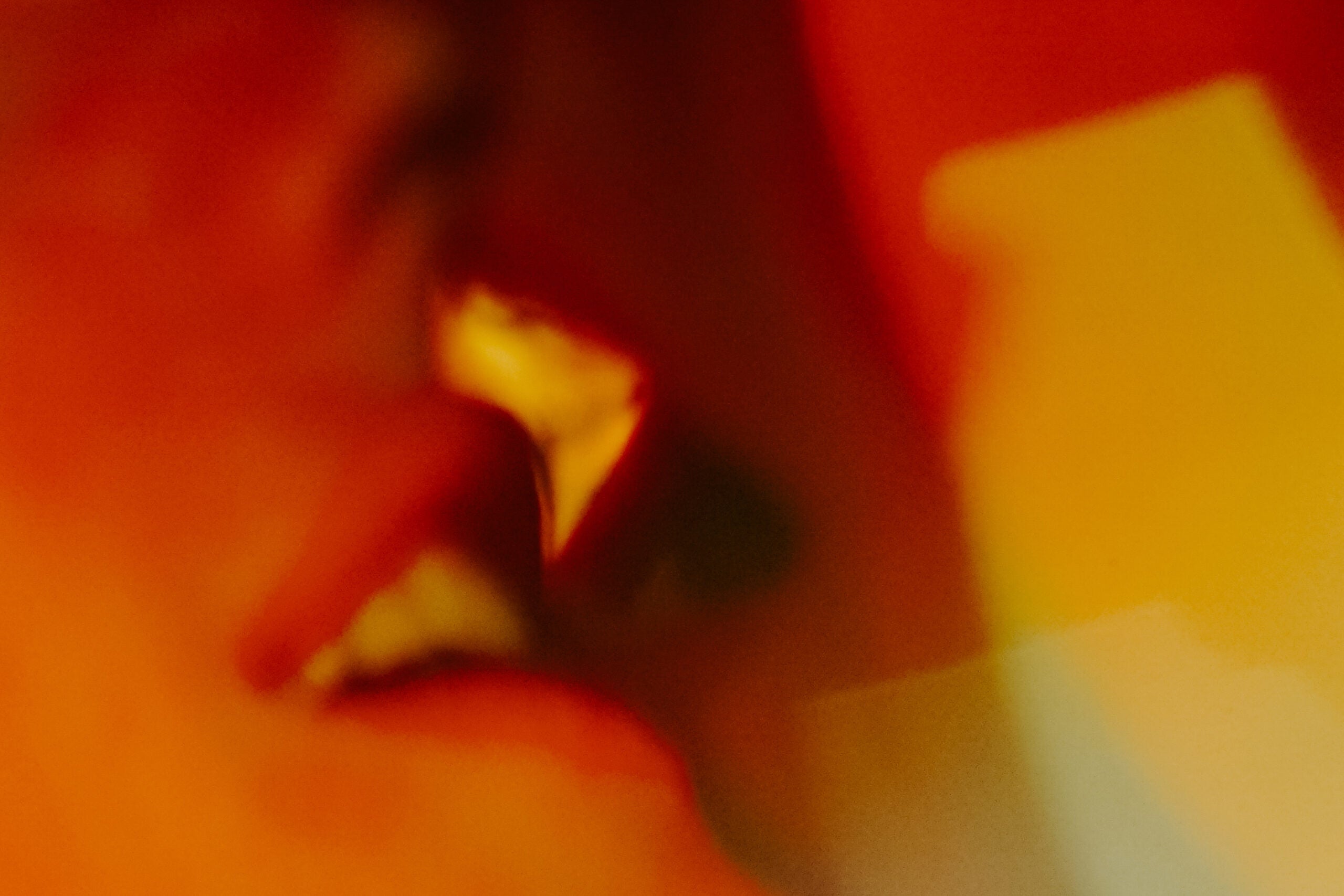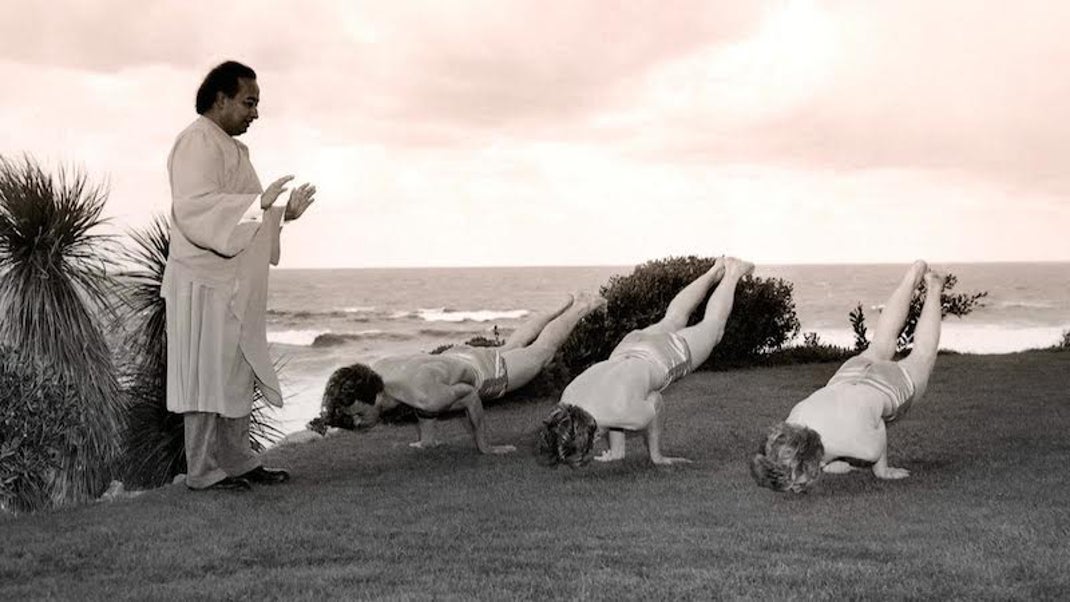December 14, 1918 – August 20, 2014
When B.K.S. Iyengar began studying yoga in 1934, it was not the popular practice it is today. Only a handful of people taught asana-based yoga classes in India, and teaching yoga was not a desirable career. But by a stroke of destiny, Iyengar found himself at the center of a modern Indian revival of hatha yogic practice, and the part he played in it ultimately changed the face of yoga and helped spread it across the globe.
Iyengar was born in 1918 in Bellur, Karnataka, India; that year and 1921 also saw the opening of the world’s first two modern yoga institutes, near Mumbai, India. The institutes’ founders, yoga experts Sri Yogendra and Swami Kuvalayananda, spearheaded the modern hatha yoga revival, researching yoga’s medical benefits and promoting it as part of a regime of health and fitness. At age 15, Iyengar moved to Mysore to study with another yogi, his brother-in-law T. Krishnamacharya, who had started teaching yoga under the patronage of the Maharaja of Mysore, himself an avid proponent of physical fitness and yoga.
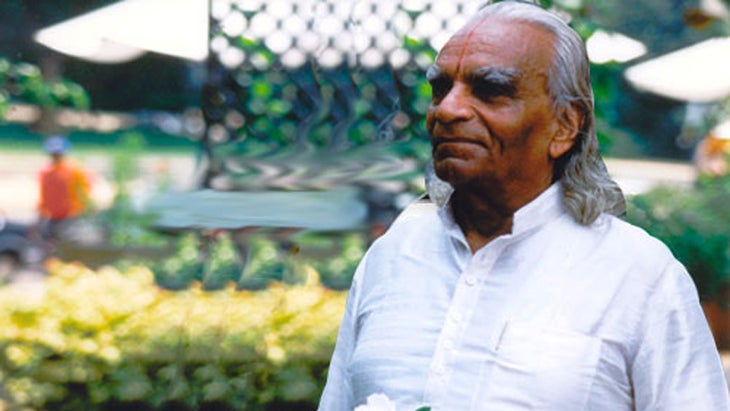
Though he practiced daily at the yoga shala, Iyengar received little direct teaching from Krishnamacharya (just three days of one-on-one teaching, he says) and no instruction in other branches of yoga. But his natural aptitude and dedication quickly made him an adept practitioner and demonstrator of asanas, and cured him of residual weakness from childhood illnesses. Just three years later, Krishnamacharya sent Iyengar to Pune, India, to teach.
At 18, Iyengar found himself alone in a far-off city where he didn’t even speak the language. He began to practice in great earnest, studying yoga by using his own body and mind as a laboratory, and becoming one of yoga’s greatest ever self-taught experimentalists. He stayed in Pune and gradually developed a name for himself as a teacher and an expert on therapeutic yoga.
In 1966, Iyengar published in the United States the game-changing Light on Yoga, the bible of several generations of yoga practitioners. Unprecedented in its encyclopedic presentation of asanas in DIY format for home practice and health therapy, the book is self-consciously modern, recasting yoga “in the new light of our own era,” as he wrote. Light on Yoga launched Iyengar onto the international stage and fueled a revolution in yoga in America.
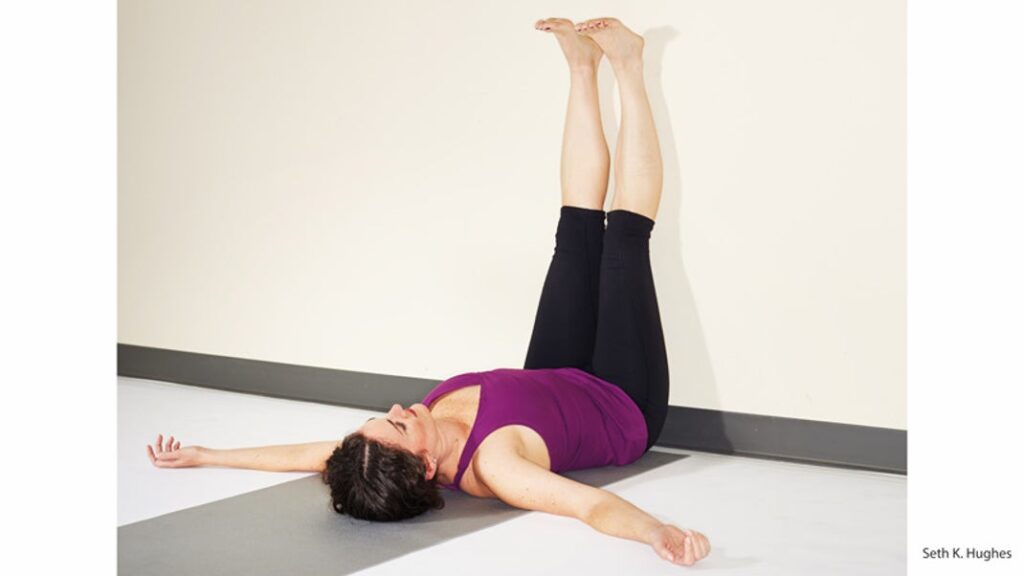
Iyengar’s teaching was a watershed in yoga history. Through multiple trips abroad and hosting international students in Pune from the 1970s on, he trained and influenced a generation of teachers who went on to teach a distinct, new kind of yoga throughout North America and Europe. Unlike many influential gurus teaching in the West at the time, Iyengar neither emphasized esoteric spiritual practices nor asked students to become devotees or join a religion. He encouraged teachers to take their work seriously as a profession, worked to integrate yoga into secular educational institutions, and standardized syllabuses and teaching standards, which allowed his approach to yoga to spread and endure. By making yoga culturally accessible, he helped bring about the phenomenal yoga boom that erupted in the 1990s and continues today.
Iyengar is probably best known for insisting on anatomical detail and alignment in asanas. The level of anatomical detail introduced by Iyengar is simply not evident in the work of yoga teachers before him nor in the Sanskrit texts of hatha yoga. It is striking to hear people comment that in early photos of Krishnamacharya, he seems to be doing his postures “wrong,” as in, without the correct alignment. But such comments are only possible because of the change of perspective brought about by his student Iyengar, who created a new language for yoga—even a new tradition. Often when people today talk about “classical yoga poses” or the “right way” to do a posture, without knowing it they are talking about Iyengar’s work.
His emphasis on alignment and detail was not just about physical precision for its own sake, though. It was intended to bring a deep engagement of the mind, and to harmonize the different layers of the human being: physical, mental, emotional, and spiritual.
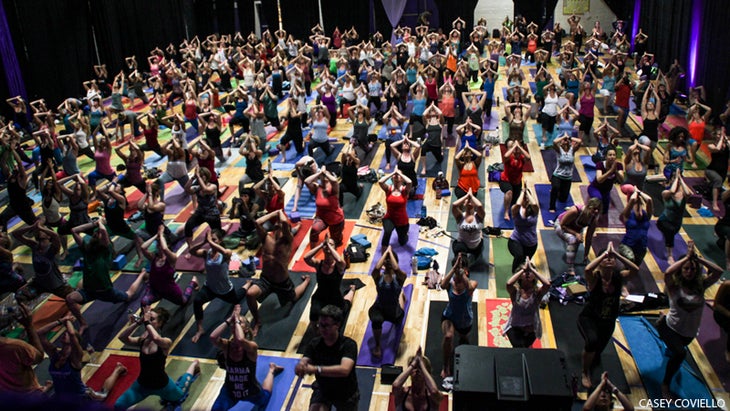
For Iyengar, alignment cultivated the intelligence that is innate, but often dormant, within the body itself. And while he was not the first to introduce props in yoga, Iyengar greatly extended and refined their use in order to give students an experience of poses they couldn’t do on their own, to teach alignment, and to allow longer stays in certain poses, to enhance the therapeutic effects.
For this, Iyengar’s yoga has sometimes been criticized for being “just about the body,” in contrast to forms that are less embodied and thus more “spiritual.” But Iyengar was deeply concerned with yoga’s spiritual aspects. For him, the best way to access the spirit was through proper attention to the body in asanas. In his later years, he reemphasized his native Vaishnava devotionalism, and also elevated the sage Patanjali to the status of deity. But he will be most remembered for giving people of all cultures and religions the tools to cultivate health and spiritual awareness on the yoga mat.
From the vantage point of the present, it’s easy to think that yoga has always been this way. It hasn’t. No single person has shaped twenty-first-century global yoga more than B.K.S. Iyana, whose eight decades of assiduous daily practice, writing, and teaching brought yoga to millions.
A Retrospective Timeline on B.K.S. Iyengar’s Life
1918
Bellur Krishnamachar Sundararaja Iyengar is born in the village of Bellur in Karnataka, India.
1934
Moves to Mysore to study yoga with brother-in-law T. Krishnamacharya. His yoga practice heals him of childhood illnesses.
1937
Begins teaching yoga in Pune, exploring yoga practice and innovating the use of props and therapeutic techniques.
1943
Marries his wife, Ramamani. The couple is pictured above with their six children.
1952
Teaches famous violinist Yehudi Menuhin, who invites him to Europe in 1954, his first trip to the West. Begins to be recognized as a master teacher, in India and abroad.
1966
Light on Yoga is published in the United States and becomes an instant hit. It’s been continuously in print since, and is published in 17 languages.
1975
Opens his yoga school, the Rama- mani Iyengar Memorial Yoga Institute, in Pune. Western yoga teachers flock there to study.
1976
Appears on the cover of Yoga Journal its second year in print.
1984
Attends the First International Iyengar Yoga Convention in San Francisco. Today, there are nearly 1,000 certified Iyengar yoga teachers in the United States.
2005
Publishes Light on Life and takes his last trip to the States, teaching at the Yoga Journal Conference in Estes Park.
2011
Travels to China to lead the China-India Yoga Summit, bringing his authoratative teachings to a country with 8–10 million yoga practitioners.
2014
Dies in a private hospital in Pune, India, surrounded by his family.
Conclusions:
Mark Singleton, Phd, holds an Iyengar Yoga teaching certification. He is the author of Yoga Body: The Origins of Modern Posture Practice (Oxford University Press, 2010) and of the forthcoming Roots of Yoga (Penguin Classics), a source book of traditional yogic texts.


